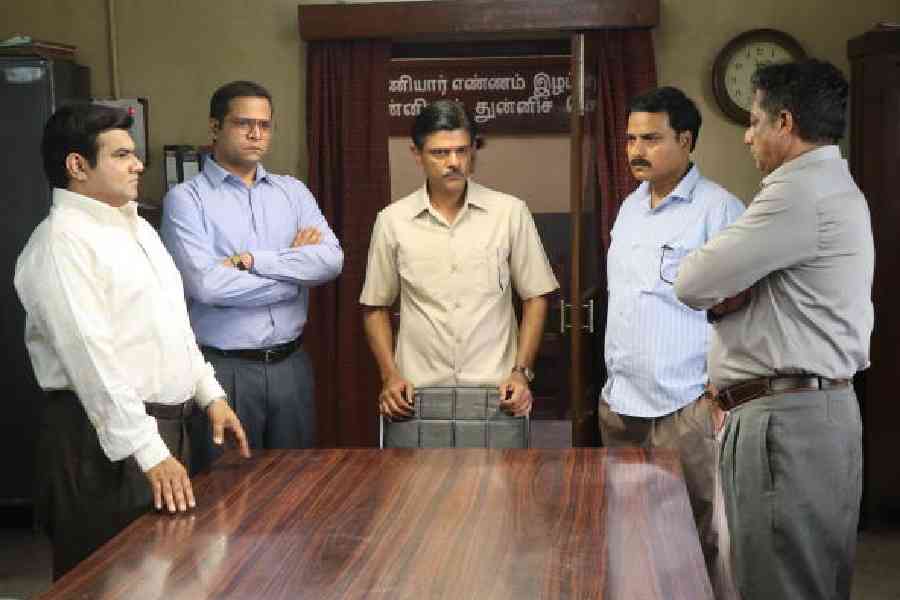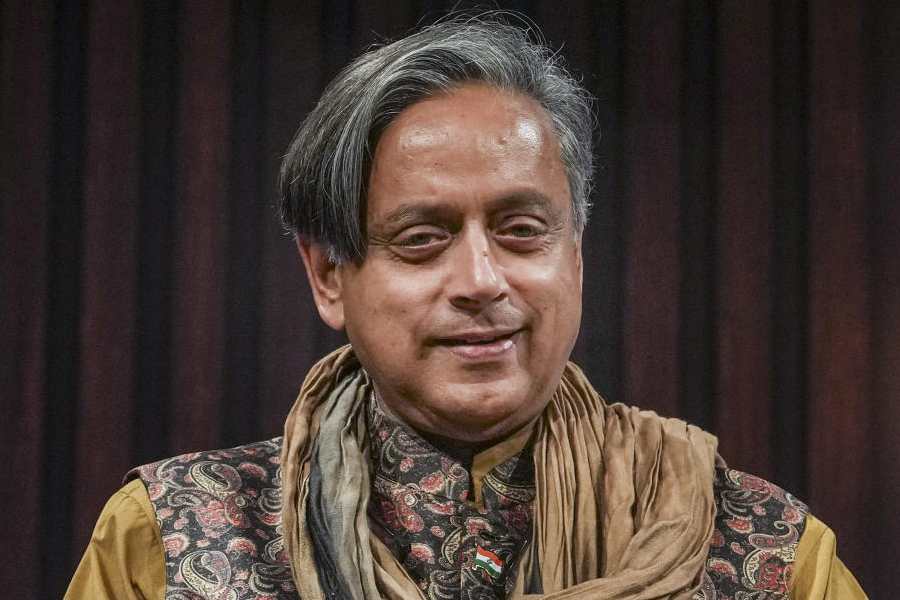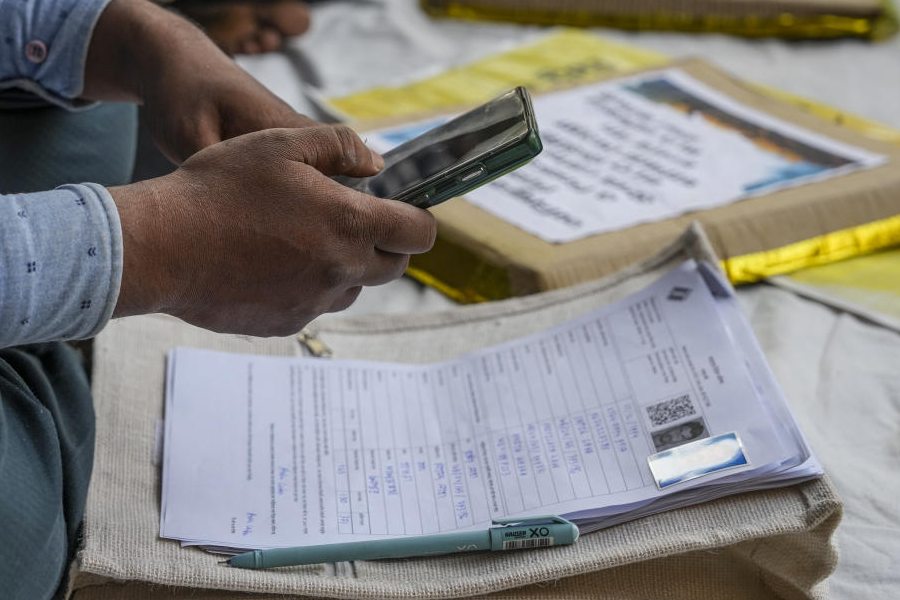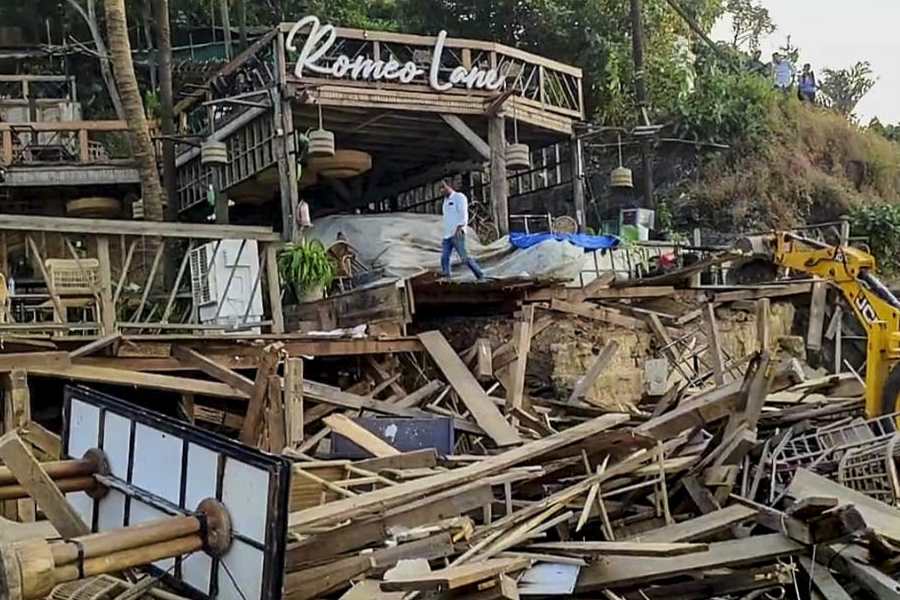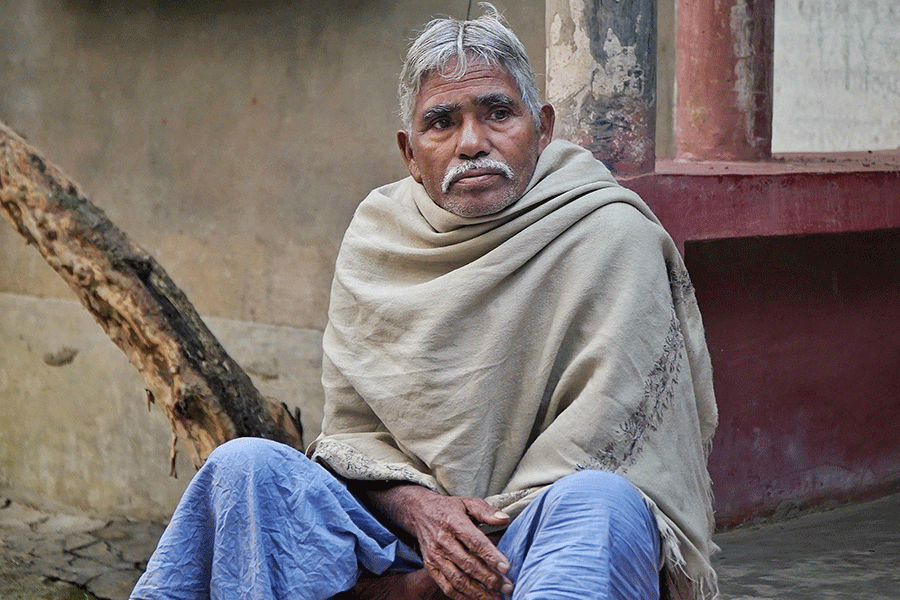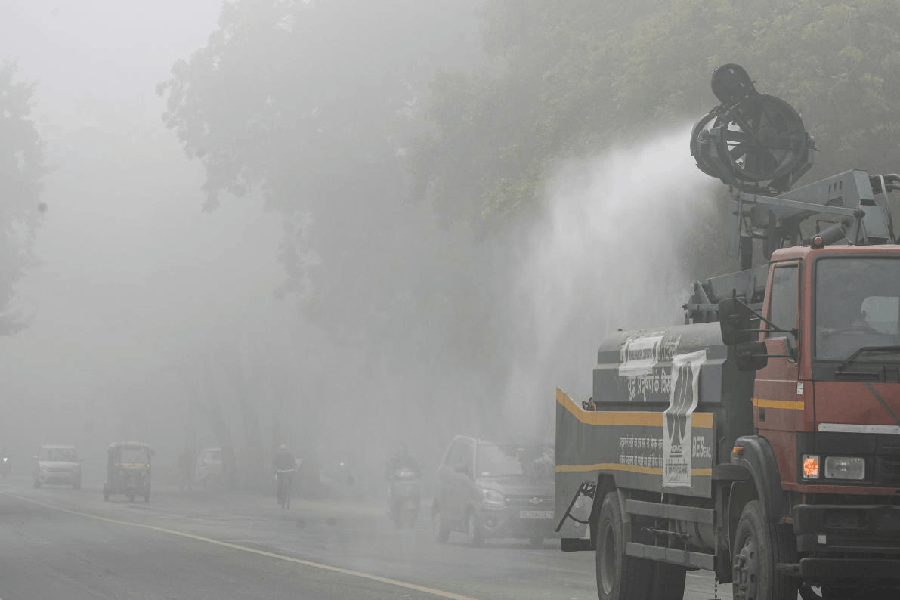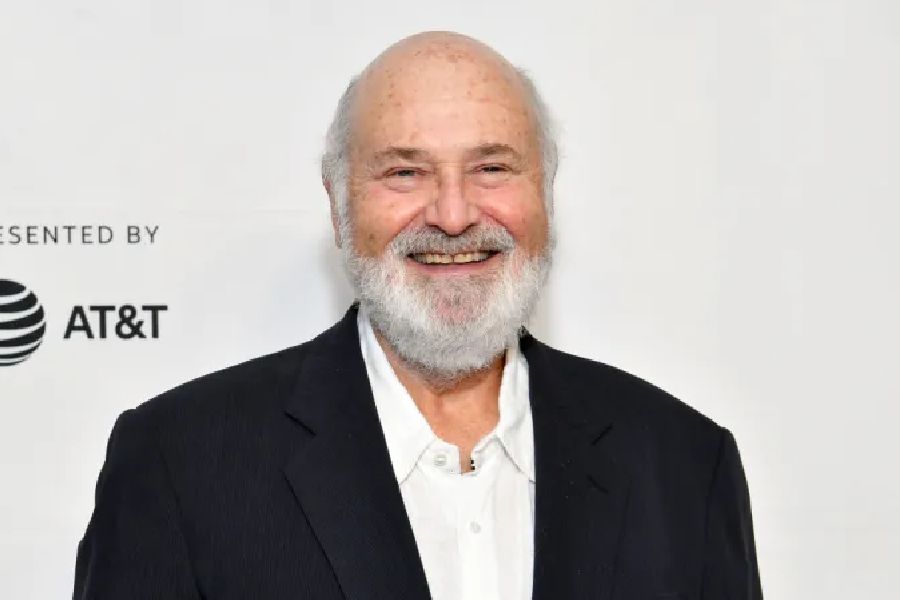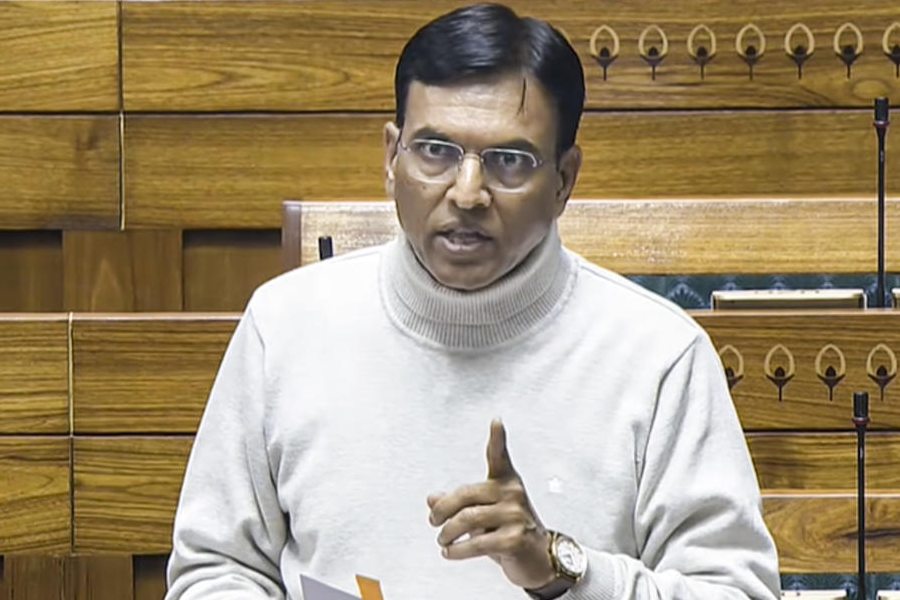The Hunt — The Rajiv Gandhi Assassination Case, that traces the nail biting manhunt that was launched to nab the killers of former prime minister Rajiv Gandhi, who fell prey to a suicide bomber at an election rally in Sriperumbudur in Tamil Nadu just ahead of the 1991 general elections, is a gripping seven-episode series on SonyLIV that has come in for immense praise for its plot, performances, tone and treatment. A t2 chat with veteran filmmaker Nagesh Kukunoor who has directed the series based on Anirudhya Mitra’s Ninety Days: The True Story of the Hunt for Rajiv Gandhi’s Assassins.
The Hunt — The Rajiv Gandhi Assassination Case has come in for unanimously positive praise. What has been the standout feedback for you?
I don’t read reviews. I am not on social media and I pretty much don’t follow the news. But there has been a continuous stream of ‘well done’ from family, friends and the public, and that makes me happy. We are all in the business of making films and web series for the public. When the public does watch it, and they give you feedback which is positive, then it is a year-and-a-half well spent.
The good thing is that they are appreciating the same things that I have taken a lot of pride and effort in doing. The visual palette of the series has a very muted, washed-out feel, almost as if it was shot back in the day. The lighting is very organic. Nowhere in the series does the lighting stand out. The series is dramatised and not sensationalised. All the steps I had taken in making the show are exactly what the audience is appreciating. That is super exciting because I intended to do something and the audience has got it.
It takes me all the way back to Hyderabad Blues (the 1998 film that marked Kukunoor’s acting and directorial debut). I had no idea about the Indian audience then, but when they grasped what the film wanted to say, I was like: ‘Oh my God, maybe I am onto something!’ This is also one of those instances.
What made you pick The Hunt as your foray into the true-crime genre?
I want to make a film or a web series in every genre. Anirudhya Mitra, who wrote the book (Ninety Days: The True Story of the Hunt for Rajiv Gandhi’s Assassins), pitched it to Applause Entertainment. They, in turn, pitched it to me. I was excited that even though it is a political assassination, there is nothing political about the show or the book... it reads like a true-crime thriller and a police procedural. Since I had never dabbled in that area, I was good to go.
What struck the most about The Hunt is how precise and measured it is in its treatment, almost to the point of being stark. There is no over-dramatisation, which this genre often falls prey to. I know there was the book to fall back upon but was this the route you always wanted to take?
That evolved. When I read the book, it wasn’t that I immediately went: ‘Oh, this is the way I want to tackle it.’ There are so many ideas that pop into your head, then you start to crystallise things and slowly a treatment emerges. In this case, for me, the eureka moment was when I saw photographs from that period, in which the members of the SIT (Special Investigation Team) — the men who were given the responsibility of the biggest manhunt in Indian history — seem like normal, everyday people... they were very non-descript in the way they dressed, the way they came across. Those photographs triggered this approach for me... they informed me about the kind of lens I wanted to use. Once that came into place, then everything else followed... the production design, art direction, costumes, lighting....
Censorship and, more unfortunately, self-censorship has crept into the Indian streaming space. The Hunt is a rare title that names people and places as they were. How did you manage to pull that off and was there any initial apprehension or opposition?
Whenever you are writing or shooting something, you are constantly making sure, especially on a show like this, that you are true to the environment you are creating it in. There was a tremendous amount of pressure to make sure that we were accurate because a lot of these people are still alive. Anirudhya’s book clearly states facts, but when you are dramatising it, you have to put words in people’s mouths. That was the stressful part because I had to make sure that I got the background and the characterisation accurate. I would like to think that we landed it in absolutely the right space for the audience.
What challenged you the most about telling this story?
The biggest challenge was juggling the languages because a reasonable part of the show is in Tamil. I was raised for about seven years in Tamil Nadu and then I went to a boarding school, so I understand Tamil pretty well. I thought I could handle it but what we have in The Hunt is Sri Lankan Tamil, which has a different feel. Added to that, the actors cast in many of the roles were Malayali. So the communication that it takes for a director to get accurate performances out of the actors was the most challenging thing. My God... that was exhausting! I have been directing in Hindi for so long and it is something that comes naturally to me. The way I communicate with the actors, the way I understand when a scene plays out... to do that in regular Tamil and in Sri Lankan Tamil was a huge challenge.
Also, what I found out in the making of this show is that to do a piece set in the ’80s or ’90s is tougher than to do one which is set in the ’40s. For the latter, you can make sets, you can use computer graphics, but for a show like ours which is set in the early ’90s and in real locations, it is very difficult. That is because everything has changed in these real locations. Nowadays, we have cell towers and dish antennas everywhere, which weren’t there then. Getting the look of the show right was, without a doubt, the most creatively satisfying aspect for me.
What is it about this case, while you were researching about it, that caught you completely by surprise?
Only about a hundred things, which all show up in Anirudhya’s book. My generation was in its early 20s when the assassination happened and we know the highlights — some of the details of the assassination, the fact that there was a suicide bomber, that there was a manhunt.... But when I delved into the details of the hunt and of the actual investigation, it just blew my mind. Each of the twists and turns that happened in the investigation, every single one, was a shock for me. It was a learning experience.
What kind of a mind space are you now in as a filmmaker? What are you eyeing at doing in the next few years?
For a while, I am definitely not doing true crime. The next project is a genre I haven’t stepped into before. The idea, as I said, is to try and do stuff I haven’t done before. That is my excitement.
What is it about the Indian creative space — both cinema and OTT — at present that bothers you the most and what do you find worthy of cheering?
When you are in any creative space, that is a business. Films have always been like that. In the streaming space, the first six- seven years were the honeymoon period — we were doing what we wanted while everyone built their libraries. Now, with everyone consolidating, it has come down to a business. So, there is a constant battle between art and business.
Overall, the fact is that within the OTT space, I have been able to make so many stories which I know would not have got a theatrical release. But once you get back into the theatrical space, it will be the same thing — questions like: Do you have a star in this? What is the recovery? How do you plan a release?
Earlier this year, you got back to acting after a long time with a negative role in Season 2 of Paatal Lok. Will we see more of you as an actor again or was that a rare outing?
Someone should offer me roles! Paatal Lok 2 was just one of those wonderful things which happened with Sudip (Sharma, creator) and Avinash (Arun Dhaware, director) wanting to cast me. I absolutely enjoyed doing it, though I was reluctant initially because I hadn’t acted for so long. I was kind of pushed a little bit but once I got into it, I enjoyed it.
For me, acting has always been below writing and directing. But if something fun comes along, I might do it for a lark.

